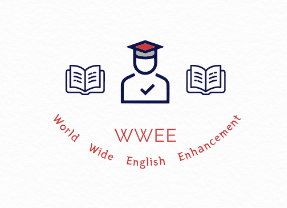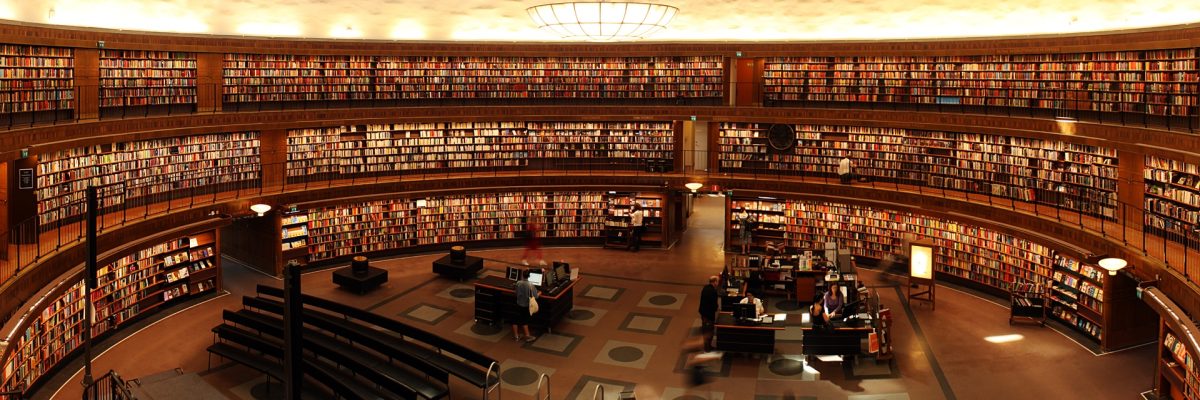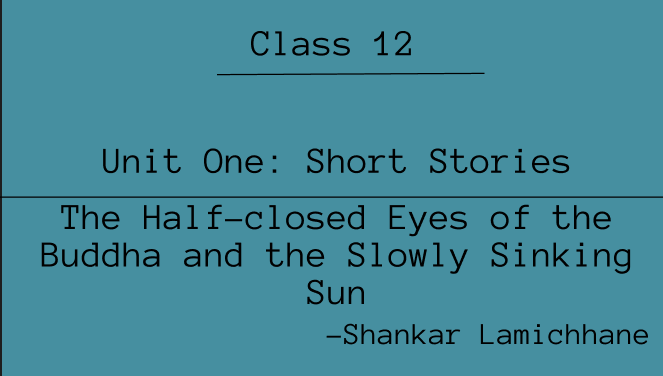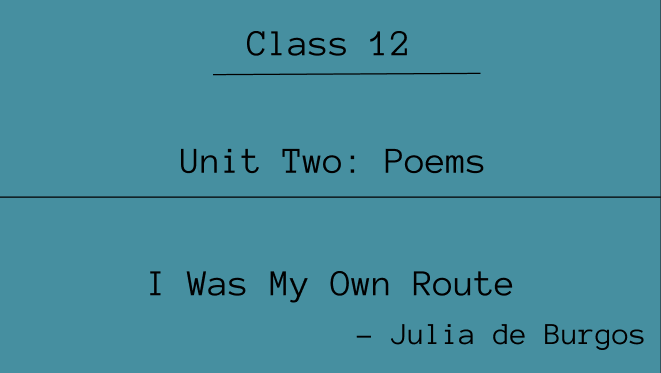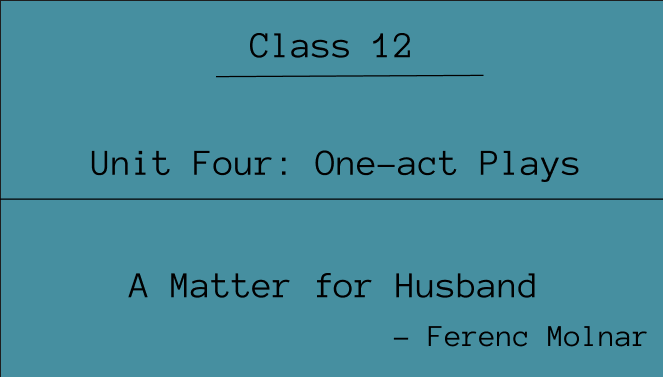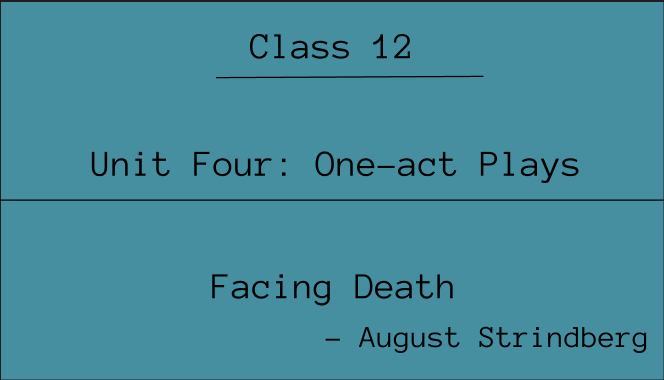The story “The Half-closed Eyes of the Buddha and the Slowly Sinking Sun” intertwines the perspectives of a Western tourist and a Nepali tourist guide as they navigate the enchanting landscapes and poignant realities of Kathmandu Valley.
The Western tourist, exuding confidence in her knowledge of Nepal, immerses herself in the scenic beauty of the valley, finding solace in the serene ambiance and the Buddha’s half-closed eyes at Swoyabhu Temple. She marvels at the contributions of the East, from ancient artifacts to culinary delights like momo, reflecting on the rich cultural tapestry woven into the Nepalese soil. Her recollections of an old woman’s storytelling and the warm hospitality of the Nepalese people add depth to her experience, bridging past memories with present encounters.
Conversely, the Nepali tourist guide’s monologue delves into the historical and philosophical underpinnings of Kathmandu Valley, highlighting landmarks like Chobhar Hill and Adinath as embodiments of Nepalese resilience and tolerance. He leads the tourist to a poignant moment of reality, showcasing a paralyzed child and juxtaposing the child’s samyak gaze with Western notions of resilience and survival. Through a poignant deception, he brings comfort and hope to the child’s family, evoking emotions of intimacy and gratitude.
The story culminates in a reflection on the beauty and complexity of life’s contrasts, symbolized by the setting sun’s reflection in the Buddha’s eyes. The intertwined narratives of the tourist and guide paint a vivid picture of cultural exchange, human connection, and the profound mysteries hidden within Kathmandu’s timeless landscapes.
